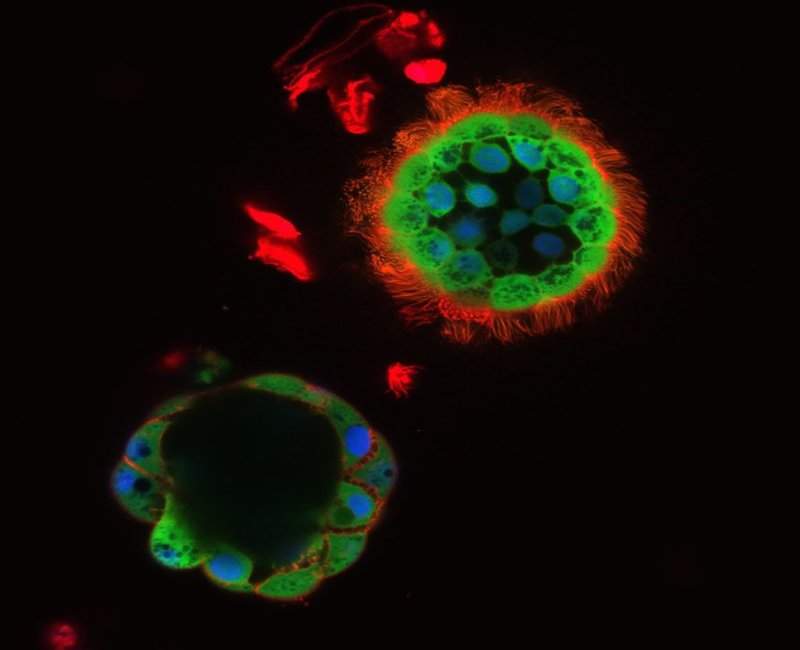
Researchers at the University of North Carolina (UNC) School of Medicine in the US have developed a new method to predict and match patients with suitable cystic fibrosis therapies.
The simple, minimally invasive test uses ball-shaped, fluid-filled molecules called nasospheroids that are formed from cells taken from inside the nose.
Cystic fibrosis, which develops due to the non-functioning of the CFTR gene, is characterised by a build-up of thick, sticky mucus in the lungs, and multiple genetic mutations.
Existing trial-and-error techniques for each patient is considered expensive and time-consuming with a risk of side effects.
A rectal biopsy is the only test currently available to predict patient response to the disease medication and is said to need complicated laboratory modification of the sample.
While developing the new inexpensive test, UNC researchers exposed the nasospheroids to different CFTR modulator drugs and observed shrinkage of the balls.
How well do you really know your competitors?
Access the most comprehensive Company Profiles on the market, powered by GlobalData. Save hours of research. Gain competitive edge.

Thank you!
Your download email will arrive shortly
Not ready to buy yet? Download a free sample
We are confident about the unique quality of our Company Profiles. However, we want you to make the most beneficial decision for your business, so we offer a free sample that you can download by submitting the below form
By GlobalDataThey established that growing nasospheroids from nasal samples would allow determination of patient cells’ response to these drugs.
UNC Marsico Lung Institute member Gentzsch said: “It is a relatively simple procedure that doesn’t require any anaesthesia and uses a brush that costs a few dollars.
“The spheroids form quickly in just a few days without much manipulation.
“It has many advantages, not only because patients should be able to get results really quickly, but also because our model is much more accessible to drugs for testing than the other existing models.”
Further research is, however, required to validate the test for clinical application.





